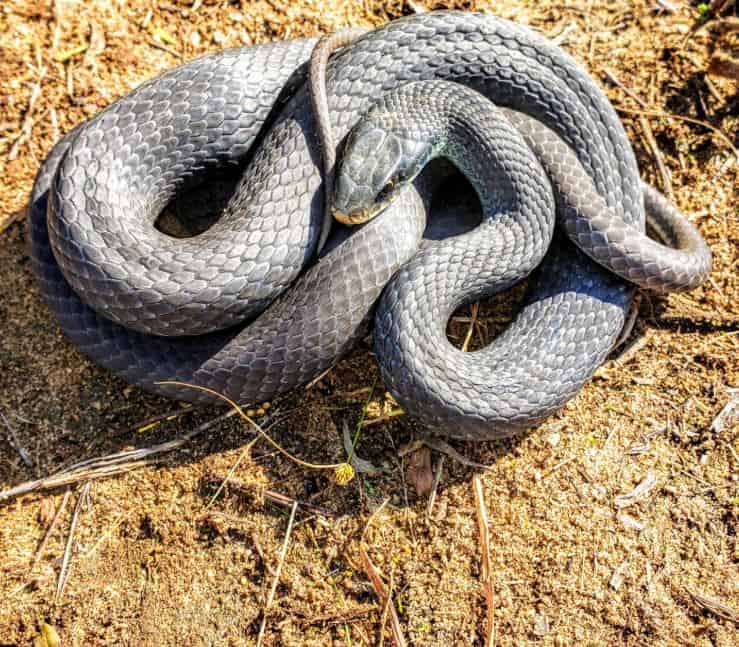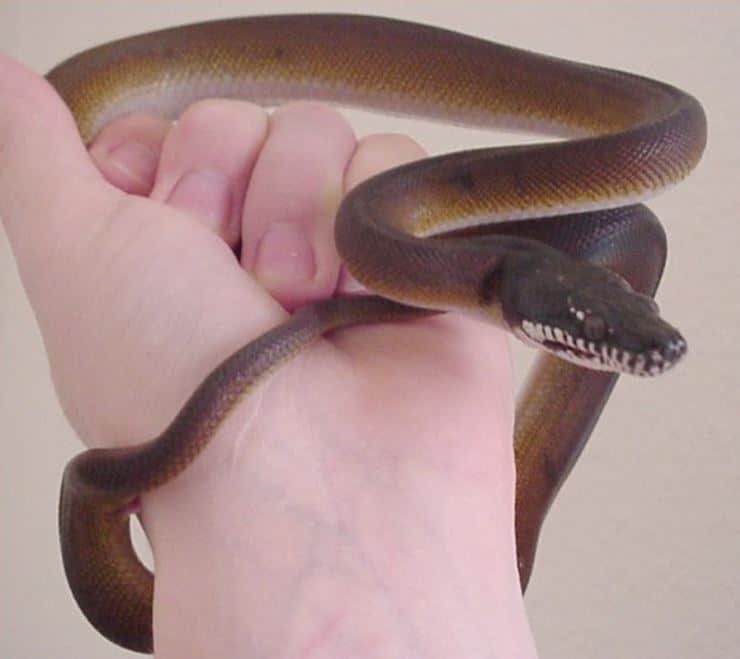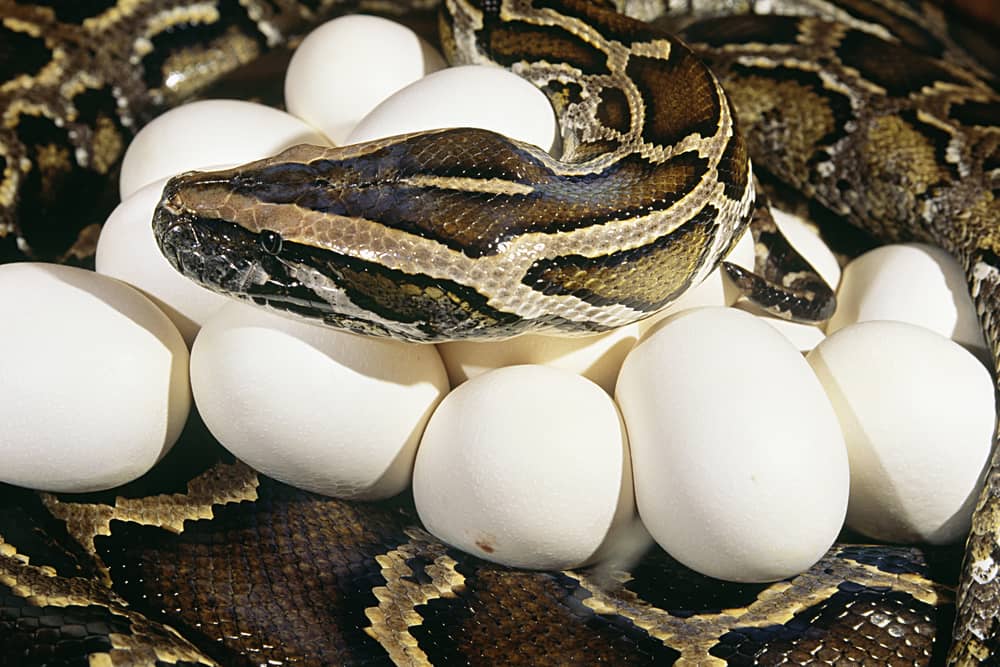What is a Blue Racer Snake?
Imagine a sleek, electric blue snake zipping through tall grass at lightning speed. That’s the Blue Racer for you! Known scientifically as Coluber constrictor foxii, this snake is a subspecies of the Eastern Racer. It’s admired by reptile enthusiasts and feared by its prey.
Why are they called Blue Racers?
Simple — because of their stunning bluish coloration and impressive speed. When they slither, it often looks like a streak of blue racing by, earning them the perfect name.
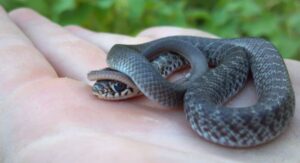
Taxonomy and Scientific Classification
Family and Genus
Blue Racers belong to the family Colubridae, which houses many harmless, non-venomous snakes. Their genus is Coluber, meaning “snake” in Latin, quite fitting, right?
Scientific Name Explained
Their full scientific tag, Coluber constrictor foxii, tells us they’re a type of constrictor (though mild) named after naturalist Charles A. Fox, who first described this subspecies.
Physical Appearance
Size and Length
Blue Racers are pretty long. They typically grow between 3 to 5 feet, with some champions stretching over 6 feet!
Color Variations
While they’re famous for their bright blue scales, the exact shade can vary. Some lean toward gray or greenish-blue.
How Blue is a Blue Racer?
Under direct sunlight, their scales glisten with an almost metallic sky-blue. Younger snakes start off more gray, deepening to blue as they age.
Distinctive Features
They sport a white or light gray belly, large eyes with round pupils, and smooth scales that make them super fast on the ground.
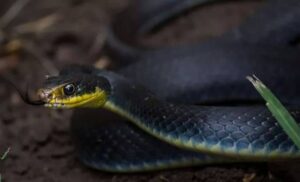
Habitat and Geographic Range
Where Do Blue Racers Live?
They’re native to North America, especially the Midwest, from Ohio to Iowa and into parts of Canada.
Preferred Environments
They adore open woodlands, grassy fields, and prairies. You’ll often spot them near forest edges where they can sunbathe and quickly dash for cover.
Diet and Hunting Behavior
What Do Blue Racers Eat?
They aren’t picky eaters. Their menu includes:
-
Small rodents
-
Frogs and toads
-
Birds and their eggs
-
Even insects and smaller snakes
How They Hunt Their Prey
Unlike their name, they don’t actually constrict prey tightly. Instead, they seize it and swallow it alive, relying on speed and surprise rather than brute strength.
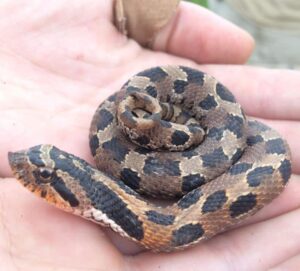
Behavior and Temperament
Are Blue Racers Aggressive?
They can be defensive if cornered. But who wouldn’t be? Generally, they prefer to flee rather than fight.
Defensive Tactics
When threatened, they may vibrate their tails in dry leaves to mimic a rattlesnake. Clever, right? They might also strike repeatedly if handled.
Reproduction and Lifecycle
Mating Season
It all starts in late spring. Males chase females in elaborate pursuits. After successful mating, females lay 10-20 eggs in rotting logs or under rocks.
Eggs and Hatchlings
Eggs hatch in late summer. Baby Blue Racers are about 12 inches long, more gray than blue, and fully independent from day one.
Predators and Threats
Natural Predators
They have to watch out for hawks, owls, foxes, and even larger snakes. Hatchlings are especially vulnerable.
Human Impact
Habitat destruction, road mortality, and intentional killing (due to snake phobias) all threaten their populations.
Conservation Status
Are Blue Racers Endangered?
Not globally, but they’re considered rare or threatened in certain regions, especially in Canada where their habitats are shrinking.
Efforts to Protect Them
Conservationists promote habitat preservation, encourage leaving brush piles for cover, and educate the public on the importance of these snakes.
Interaction with Humans
Are Blue Racers Dangerous to People?
Nope! They’re non-venomous and pose no real threat to humans. The worst you might get is a startling hiss or quick bite if you pick one up.
What To Do If You See One
Admire from a distance. If you’re lucky enough to see a Blue Racer, watch it zoom off — it’s like nature’s own sports car.
Fun Facts About Blue Racer Snakes
Speed Demons of the Snake World
They can hit speeds up to 4 miles per hour — which is blazing fast for a snake.
Misconceptions and Myths
Some people think they’ll chase humans. Truth is, they’re just trying to find an escape route. You just happen to be standing in it.
Tips for Observing Blue Racers in the Wild
-
Look along sunny field edges in the morning.
-
Be still; sudden movements scare them off.
-
Keep your distance and respect their space.
Conclusion
The Blue Racer snake is a true marvel of nature. Its dazzling color, impressive speed, and role in controlling pests make it a vital part of the ecosystem. Next time you’re hiking through a meadow, keep an eye out — you might just catch a flash of blue racing by.
FAQs
How fast can a Blue Racer snake go?
They can reach speeds of around 4 mph, making them one of the fastest snakes in North America.
Do Blue Racers bite humans?
If provoked or handled, they might bite, but they’re non-venomous and bites are harmless beyond minor scratches.
Can you keep a Blue Racer as a pet?
Not recommended. They’re high-energy, stress easily in captivity, and need large open spaces.
How long do Blue Racer snakes live?
In the wild, they typically live around 6 to 10 years.
What makes them different from other racers?
Their striking blue color and slightly larger size set them apart from other Eastern Racer subspecies.
Please don’t forget to leave a review.
